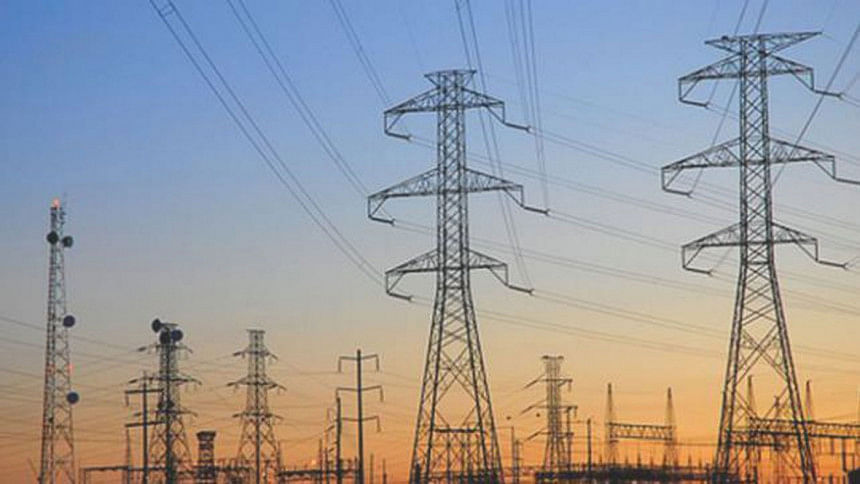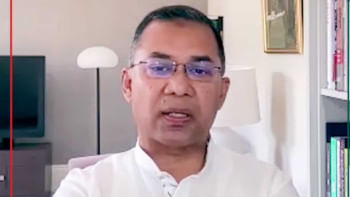Why are we still depending on coal?

Energy planning in Bangladesh has been chaotic so far, to say the least. As far back as the 1960s, when we, in the Atomic Energy Commission, were pleading with national energy planners not to burn our natural gas (a valuable raw material for many petrochemicals) primarily for electricity generation, it went unheeded. With 80 to 90 percent of electricity being generated by burning gas and with no new substantial gas field discovered since 2017, the country adopted gas rationing and electrical load-shedding as a means of meeting demand.
In the early 2000s, the Nooruddin (ex-vice chancellor of BUET) committee sounded the alarm regarding our looming gas reserve crisis. That should have been a wakeup call for serious brainstorming and alternative policy decisions.
The Bangladesh Nationalist Party (BNP) government of the time responded by adding just one 80 megawatt (MW) gas-fired power plant during their tenure (2001-6), but went on a spree of installing distribution poles (thambas). What good would that do if there was not enough electricity to distribute? Load-shedding became so bad that even in the Gulshan Diplomatic areas, electricity was coming on and going off every few hours.
After Awami League came to power in 2009, the new government realised that a quick solution was needed, and they found one in Rental Power Plants (RPRs) and Quick Power Rental Plants (QPRPs). These diesel or furnace oil-fired plants can be quickly installed (4-12 months) and connected to the grid. Although their generation cost was high, people heaved a sigh of relief at seeing an end to rampant load-shedding. The contract life of these RPRs/QRPRs was set at 3-5 years, after which they were to be retired. More economic, larger power plants were to replace them.
For reasons that defy logic, these RPRs and QRPRs were granted extra life from 5-15 years with a curious provision that if the units are idle, the government will pay them (the private owners) for keeping their units idle—resulting in huge drainage from the public exchequer.
Now, the country suddenly finds itself in the enviable position of having a substantially larger generating capacity compared to the demand (decreased substantially due to the coronavirus lockdown). For example on May 20, 2020, according to Bangladesh Power Development Board (BPDB) data, against a peak demand of 10,788 MW, the deliverable generating capacity was 19,107 MW. Let us celebrate this with a round of applause before becoming finicky.
The deliverable generating capacity came from 149 generating stations, with some generating as little as 10-11 MW each from fossil fuel. It is time to retire the small, old and inefficient units for a leaner and healthier grid. It is high time to give a decent phased burial to the RPRs and QRPRs.
It is also time to recognise that large areas of the country (particularly outside the cities) suffer daily load shedding. In the words of a Prothom Alo reader from remote Thakurgaon, freely translated—"We need to light a candle to see if the electric bulb is glowing!!" The disparity between the cities and countryside in getting reliable electric supply has to be addressed. The current generating surplus should be used to achieve that end.
Late Engineer Qamarul Islam Siddique is credited with the development of the rural road infrastructure that now enables the city dwellers to drive their cars to their village homes. We need a similar electricity czar who will bring our transmission and rural distribution infrastructure to a level that will encourage small industries to grow in the villages and reverse the flow of rural people moving to the cities for livelihoods. The government could aim to set up an export processing zone (EPZ) in every district if there was reliable electric supply.
However, at this point, it is crucial to draw the attention of our current energy planners to the dark clouds gathering on the horizon. BPDB's future energy plan relies heavily on imported coal and liquefied natural gas (LNG). But long term supply of coal is becoming uncertain, not because coal is running out or becoming costly, but because the future of mining coal is becoming uncertain. Credit for this has to go to the anti-coal lobby, including Greta Thunberg and her host of young activists, who have driven the message home to the Davos leaders that quarterly profits should not be the "be all and end all" of global leaders. The future of this planet is jeopardised by global temperatures rising above the pre-industrial levels, caused mainly by coal-burning plants. To this end, the anti-coal lobby has targeted the insurers and re-insurers of coal mines and projects. The results are promising.
Even more than divestment of coal shares by some banks and pension funds, the withdrawal of insurance has the potential to make coal mining and coal-fired power generation businesses unsustainable because no project can run without insurance.
The first insurers to exit coal policies were all European, but since March 2020, two US insurers—Chubb and Axis Capital—and the Australian firms QBE and Suncorp, have pledged to stop or restrict insurance for coal projects, leaving Lloyd's of London and Asian insurers as the "last resort" for fossil fuels. Only companies underwritten by the state can operate without insurance cover.
Some states, instead of underwriting coal, are running away from it. The UK—where king coal launched the Industrial Revolution 250 years ago, making the UK the "workshop of the world" and helping set up the British Empire—is leading the way. Sixty years ago, it generated 80 percent of its electricity from coal, but it will be coal-free by 2025. Germany will be coal-free by 2038. Even China and India, the largest users of coal, are gradually winding down their dependence on it.
According to March 14, 2020 report of the Carbon Tracker Initiative, a nonprofit research organisation, it is already cheaper to build new renewables than to build new coal plants, in all major markets (including USA, China, India, Bangladesh etc). By 2030, it will be cheaper to build new renewables than to run existing coal—everywhere.
In this context, the energy planners of Bangladesh should rethink their policies after taking the following points into consideration—future uncertainty about the availability of coal, its large carbon footprint and the fact that it is becoming uneconomic compared to renewables and nuclear energy.
ABM Nurul Islam is a former BAEC and IAEA official.

 For all latest news, follow The Daily Star's Google News channel.
For all latest news, follow The Daily Star's Google News channel. 



Comments